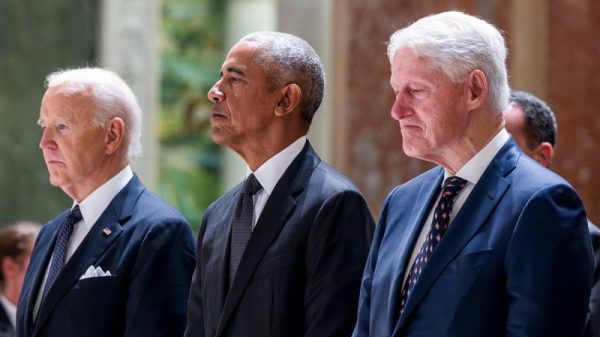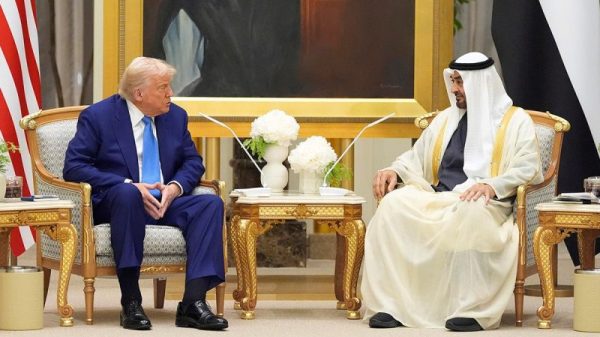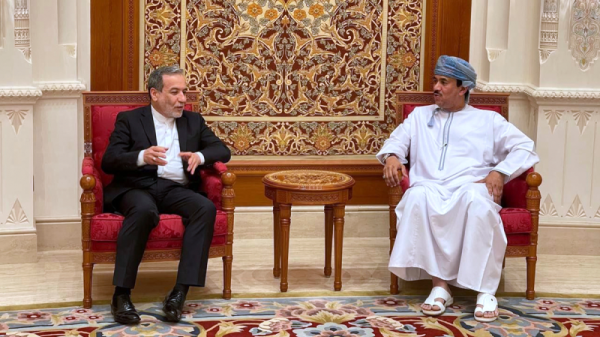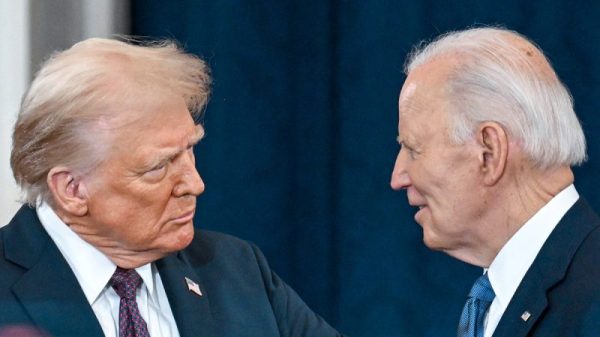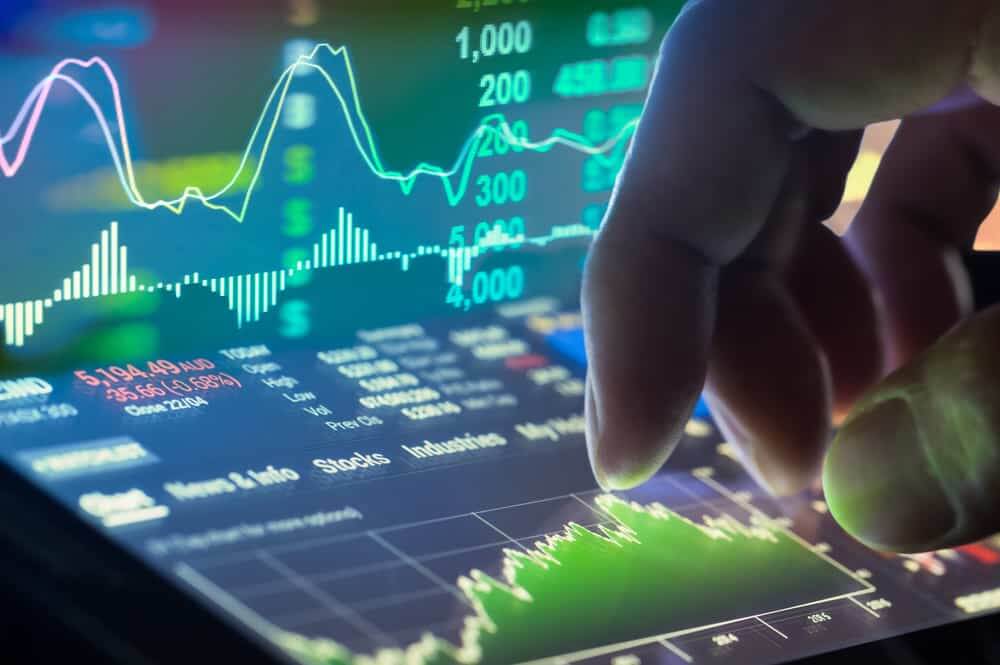Introduction to Forex Trading
Foreign exchange, more commonly referred to as Forex or FX, embodies the epitome of global financial trading, where currencies are bought and sold with the aim of making a profit. This dynamic market is the largest in the world, with an astounding daily turnover of $7.5 trillion, as reported in the 2022 triennial review by the Bank for International Settlements.
Understanding the Forex Market
Unlike traditional financial markets, the Forex market operates without a centralised exchange. Transactions are conducted over-the-counter (OTC), which means that trades are done electronically across a network of computers globally. This setup facilitates a market that is open around the clock from Sunday evening to Friday night, making it accessible from nearly any location in the world across major financial centres such as London, New York, Tokyo, and Sydney.
Global Nature of Forex
The global span of Forex trading allows operations across different time zones. It enables traders to react to market-moving news instantaneously, regardless of the hour. This feature of the Forex market ensures continuous activity. Prices and rates change every second due to varying factors, including economic indicators, market sentiment, and global geopolitical events.
Key Participants in the Forex Market
Initially, the realm of Forex was dominated by large financial institutions and banks that traded on behalf of their clients. However, the advent of Internet trading platforms has democratised access, allowing individual investors and smaller financial players to participate directly in the market. Today, market participants range from large banks and financial institutions to retail investors and day traders around the globe.
Who Trades Forex?
Multinational Corporations: Companies operating in multiple countries use Forex trading to hedge against potential currency fluctuations and reduce risk;
Financial Institutions: Investment and commercial banks trade on their own behalf and for clients, taking advantage of currency movements to profit from speculative trades;
Retail Investors and Speculators: With accessible online platforms, individuals can now participate in Forex trading, attempting to profit from currency pair price movements.
Forex Trading Explained
At its core, Forex trading is about the strategic buying and selling of currency pairs, for example, EUR/USD (Euro/US Dollar), based on predictions of changing currency values. Traders aim to buy a currency pair at a lower rate and sell it at a higher rate, or vice versa, to make a profit.
Hedging and Speculation
Apart from speculative trading, Forex is also used for hedging purposes by companies facing currency exposure in their business operations. Hedging strategies involve locking in exchange rates for future transactions to mitigate risk associated with currency rate fluctuations.
Advantages of Forex Trading
Forex trading offers several compelling advantages that attract a wide range of participants:
High Liquidity: Due to the massive volume of trades, the Forex market offers high liquidity, making it easy to buy and sell currencies without significant price manipulation;
Market Accessibility: Traders can access the market 24 hours a day, enabling them to react to global developments instantly;
Leverage: Forex markets provide opportunities to trade on leverage, allowing traders to manage substantial positions with relatively small capital amounts. However, it’s important to note that while leverage can magnify profits, it also increases the potential for significant losses;
Diversification: Forex trading provides an avenue for investors to diversify their investment portfolios beyond traditional asset classes like stocks and bonds.
How to Begin Trading in Forex
Starting in Forex trading requires a clear understanding of the market dynamics and a strategic approach:
Educational Investment: Potential traders should first educate themselves about Forex markets, including the economic theories and factors that influence currency values;
Choosing a Broker: Select a reputable Forex broker who provides a trading platform, educational resources, and appropriate financial safeguards;
Developing a Strategy: Formulate a trading strategy based on thorough analysis and a clear understanding of your risk tolerance and investment goals;
Risk Management: Continually monitor and adjust your positions, ensuring you manage the risks associated with Forex trading effectively.
Forex trading offers a unique and exciting opportunity for global investors. With its high liquidity, 24-hour market, and potential for significant returns, it attracts a diverse array of participants. However, like any investment, it carries risks, particularly from market volatility and the use of leverage. Aspiring traders should approach Forex with a well-constructed strategy and a solid grasp of market fundamentals to navigate this thrilling market successfully.
The Predominant Spot Market
Characteristics of the Spot Market
The spot market is the largest and most popular forex market due to its role as the foundational market where actual currency trades occur. Here, currencies are exchanged at their current prices, which are influenced by factors such as interest rates, economic performance, geopolitical conditions, and market speculation.
Mechanics of Spot Trading
In the spot market, transactions are completed on the spot, hence the name. A spot deal is the basic trade; it involves a direct exchange of currencies at the prevailing market rate. For instance, if you buy euros using US dollars, you’ll agree on the exchange rate at the time of the trade, and the settlement usually happens within two business days. This market primarily appeals to those who need to exchange currencies promptly due to immediate financial requirements or opportunities.
Forwards and Futures Markets
Forwards Market Dynamics
The forwards market operates through over-the-counter (OTC) transactions where two parties agree on the terms of the exchange, such as the amount, the currency involved, the exchange rate, and the settlement date. These are not standardized contracts and are generally tailored to fit the specific needs of the parties involved. This flexibility makes forward contracts particularly valuable for companies looking to hedge against currency risk in anticipation of future financial transactions.
Futures Market Structure
Contrastingly, the futures market consists of standardized contracts that specify details such as the number of units being traded, delivery and settlement dates, and notional amounts. Exchanges like the Chicago Mercantile Exchange (CME) trade these contracts, offering greater liquidity and market transparency than the forwards market. Futures are binding agreements settled at expiry, although traders can close their positions before the contract expires to realize profits or minimize losses.
Basic Forex Trading Strategies
Types of Forex Trades
Long Trades: Traders enter a long position, hoping that the currency they buy will increase in value;
Short Trades: Conversely, a short trade involves betting that the currency will decrease in value.
Trading Strategies Based on Market Analysis
Scalping: Involves making very quick trades to profit from small price changes;
Day Trading: Positions are opened and closed within the same trading day;
Swing Trading: Trades last several days to capitalize on expected intermediary price moves;
Position Trading: A long-term strategy focused on fundamental factors affecting a currency.
Charts Used in Forex Trading
Understanding different types of charts is crucial for forex trading, as they provide visual insights into market trends and potential trading opportunities.
Line Charts
These charts are straightforward, showing the closing prices over a set period and are used to identify overarching trends.
Bar Charts
These provide more detail by showing each period’s open, high, low, and close prices. Traders can see the full range of trading activity for a day, which helps in understanding market dynamics better.
Candlestick Charts
Originating from Japan, these charts are highly valued for their detailed information and aesthetic appeal. They not only show the open, high, low, and close prices like bar charts but also include colours to indicate price movements, making it easier to see bullish or bearish trends.
Key Considerations for Opening a Forex Account
When venturing into foreign exchange (Forex) trading, choosing the right broker and account type is crucial for success. Here are essential factors to consider when opening a Forex account. These are aimed at helping you make an informed choice that aligns with your trading strategy and goals.
Understanding Fees and Commissions
Forex trading can be cost-effective due to generally low brokerage fees. However, the structure of these fees varies significantly between brokers. Some charge a commission based on the notional amount traded, which may decrease as your trading volume increases. Others offer zero commission on trades but incorporate their fees within the bid/offer spreads, which can be wider. Your choice between these fee structures should depend on your trading frequency and the size of your trades.
Assessing Account Minimums
Most Forex brokers have very accessible account minimums. Some allow you to open an account with as little as $100. Despite the low entry threshold, having a reasonable amount of capital is vital to cover the margins and potential price fluctuations, especially if you intend to execute larger trades.
Evaluating Available Currency Pairs and Market Support
The number of currency pairs a broker offers can vary dramatically—from a few dozen to over 200. While having more options gives you greater flexibility, focus on the liquidity of these pairs. The seven most traded currency pairs account for 75% of all FX market activity and offer the highest liquidity, facilitating easier entry and exit from trades.
Research Tools and Trading Platform Integration
High-quality research tools and a robust trading platform are indispensable for effective Forex trading. The platform should provide real-time data and integrate seamlessly with analytical tools, allowing for indicators and trading directly from charts. For traders who rely heavily on technical analysis or wish to incorporate third-party tools, the platform’s compatibility with these resources is a critical consideration.
The Importance of Demo Accounts
For novice traders, choosing a broker that offers demo accounts is beneficial. These accounts allow you to practice trading with virtual money, helping you understand market dynamics and the trading platform’s features without any financial risk. They offer an excellent way to test different trading strategies and get accustomed to the fast-paced nature of Forex trading.
Customer Service Excellence
Finally, the level of customer support a broker provides can significantly impact your trading experience. Reliable and readily available customer service can be invaluable. This is especially true for new traders who may need help navigating the trading platform or understanding market events. You should consider the availability of live support through phone, chat, or email and the responsiveness of these services in your decision-making process.
Forex: Trading or Investing?
Forex can be approached as an investment. However, it is more commonly treated as a trading market due to its short-term nature and high liquidity. Traders use forex to make profits on short-term price movements. Investors might buy currencies to hold for longer periods, benefiting from interest rate differentials and long-term appreciation.
The post Introduction to Forex Trading appeared first on FinanceBrokerage.

